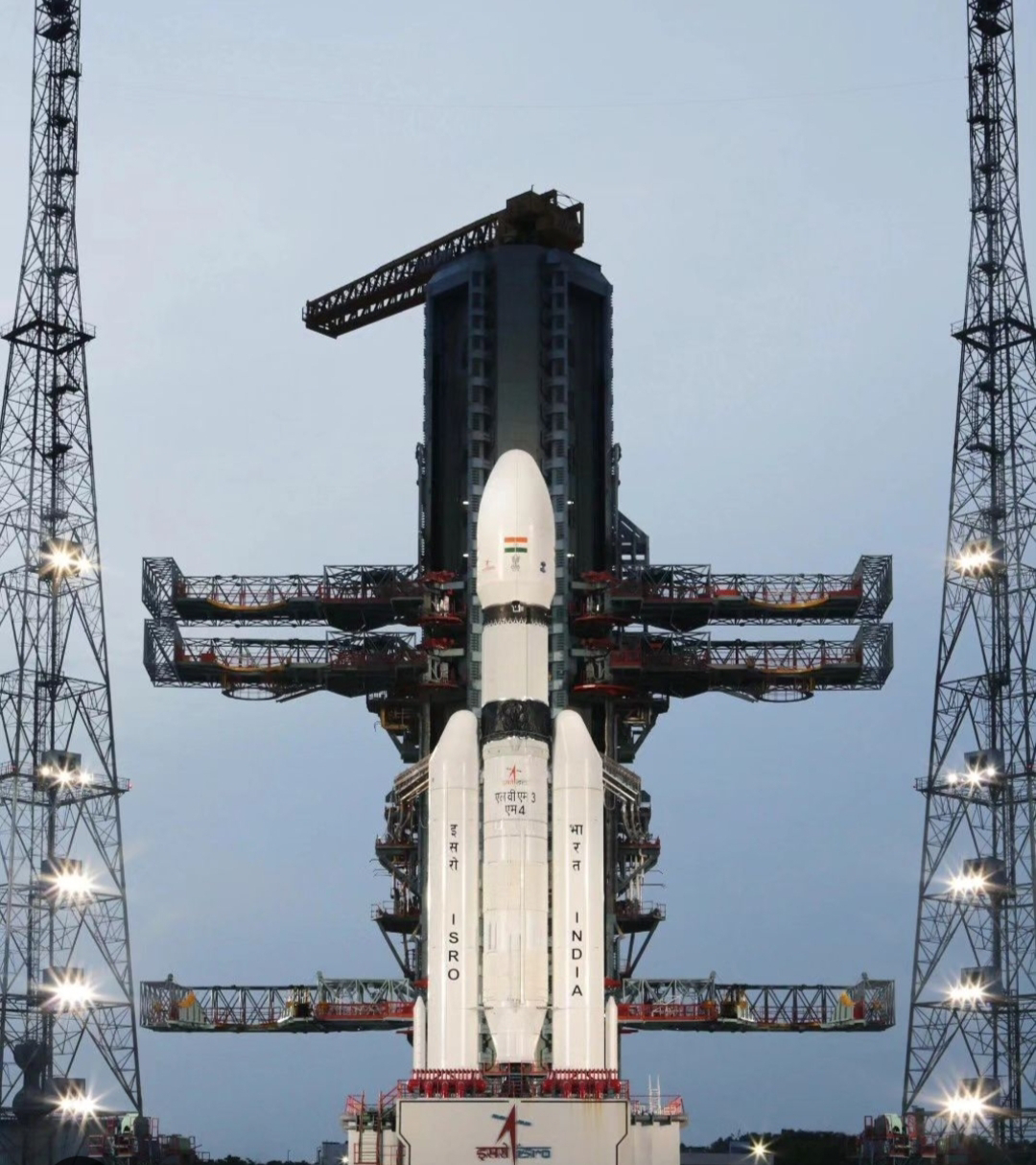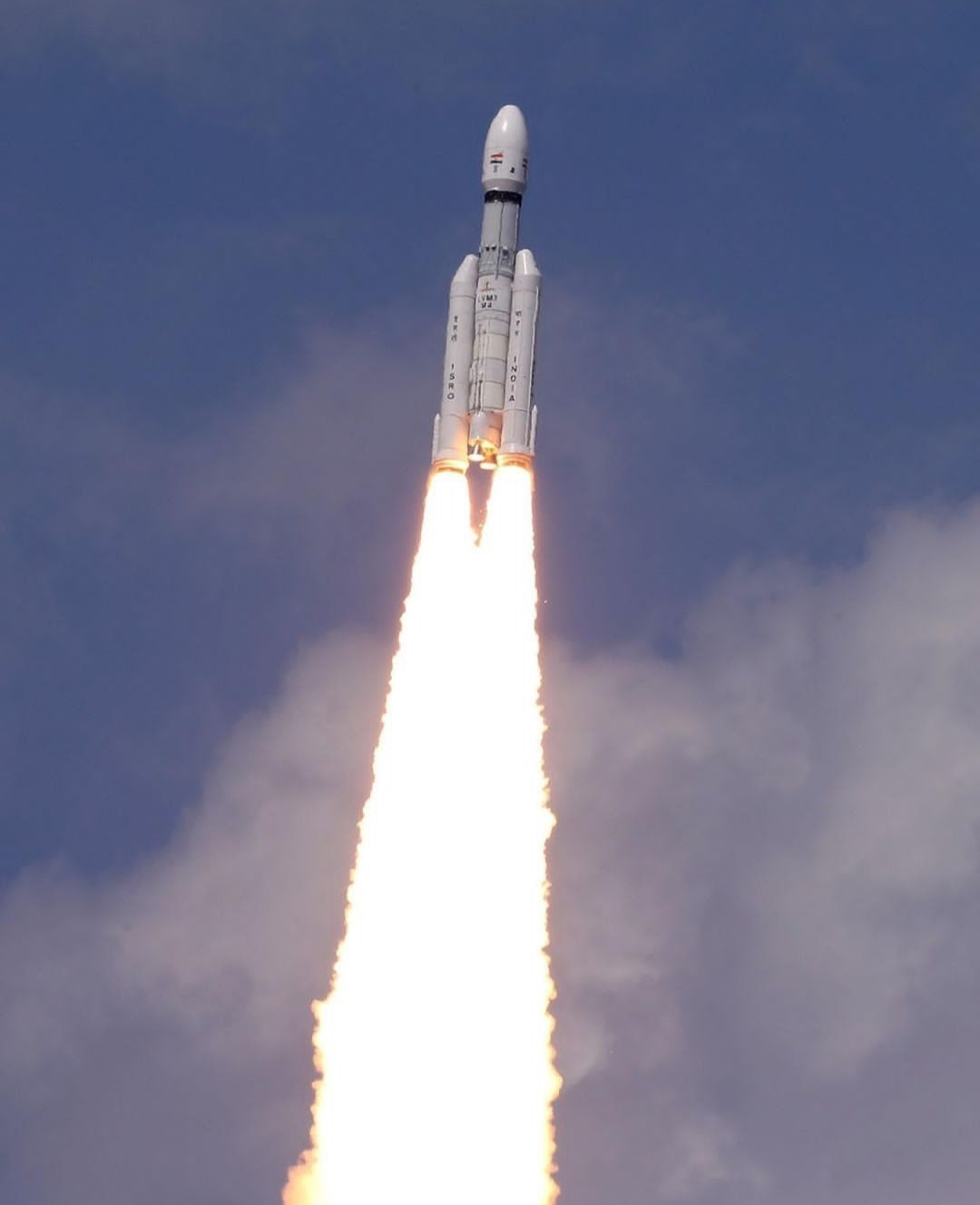Space exploration has always captivated the imagination of humankind, and in recent years, many nations have ventured into this exciting frontier. One such country is India, which has made remarkable strides in space research and technology. Building upon the success of its previous lunar missions, the Indian Space Research Organisation (ISRO) is preparing for its next ambitious endeavor, Chandrayaan 3. In this blog, we will delve into the details of Chandrayaan 3 and its significance in India's pursuit of lunar exploration.
1. The Legacy of Chandrayaan 1 and 2:
Chandrayaan 1, launched in 2008, marked India's first foray into lunar exploration. It carried out several scientific experiments and made significant discoveries, including the detection of water molecules on the lunar surface. Chandrayaan 2, launched in 2019, aimed to build upon the successes of its predecessor. While the Vikram lander unfortunately experienced a setback during its descent, the orbiter continues to function successfully, providing valuable data and images of the Moon's surface.
2. Objectives of Chandrayaan 3:
Chandrayaan 3 represents India's determination to continue its lunar exploration program. The primary objectives of this mission include a soft landing on the Moon's surface, deploying a rover to conduct scientific experiments, and further enhancing our understanding of the lunar environment. By achieving a successful landing and rover deployment, India aims to become the fourth nation to achieve this feat after the United States, Russia, and China.
3. Key Components and Technology:
Chandrayaan 3 will consist of an orbiter, lander, and rover. The orbiter will function as a communication link between Earth and the mission, capturing high-resolution images and conducting remote sensing experiments. The lander, similar to its predecessor, will facilitate a controlled descent onto the lunar surface. The rover, equipped with advanced scientific instruments, will traverse the lunar terrain, collecting data on the Moon's composition, geology, and presence of water ice.
4. Collaborative Efforts:
In its pursuit of lunar exploration, ISRO recognizes the importance of international collaboration. Chandrayaan 3 will benefit from collaborations with other space agencies, including NASA, ESA, and JAXA. These partnerships not only promote knowledge-sharing but also ensure the mission's success through technical expertise and resource-sharing.
5. Scientific Discoveries and Benefits:
Chandrayaan 3's scientific objectives hold the potential to unlock significant discoveries. The presence of water molecules detected during Chandrayaan 1 raised intriguing questions about the Moon's origins and its potential as a resource-rich celestial body. By further analyzing the lunar environment, Chandrayaan 3 will contribute to our understanding of the Moon's formation, its geological processes, and the potential for future human colonization.
6. Inspiring the Next Generation:
India's space program has always emphasized the importance of inspiring young minds to pursue careers in science, technology, engineering, and mathematics (STEM). Chandrayaan 3 will undoubtedly serve as a catalyst for sparking curiosity and passion among the youth, encouraging them to explore the wonders of space and contribute to India's scientific advancements.
Conclusion:
Chandrayaan 3 represents another remarkable step forward for India's space exploration program. By leveraging its technological prowess and international collaborations, India is poised to achieve a successful soft landing on the Moon's surface, furthering our understanding of our celestial neighbor. As we eagerly await the launch of Chandrayaan 3, we can anticipate new scientific discoveries, technological advancements, and the inspiration of future generations of scientists and engineers. India's journey to the Moon continues, and the possibilities for exploration and innovation are limitless.












0 Comments